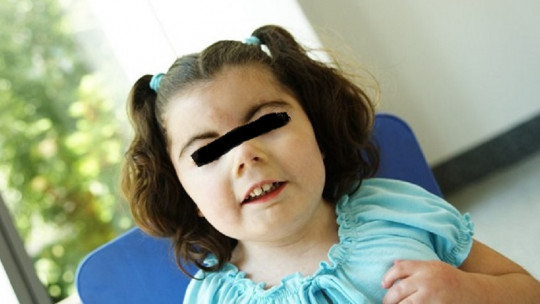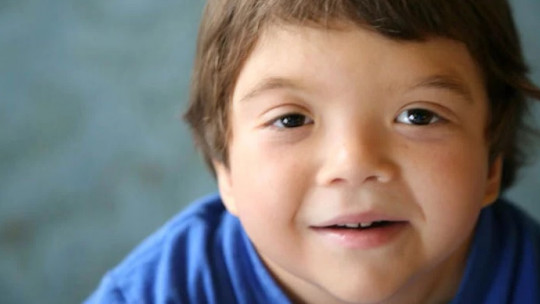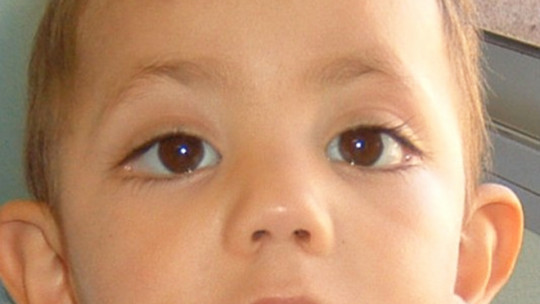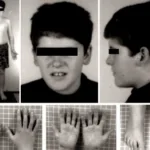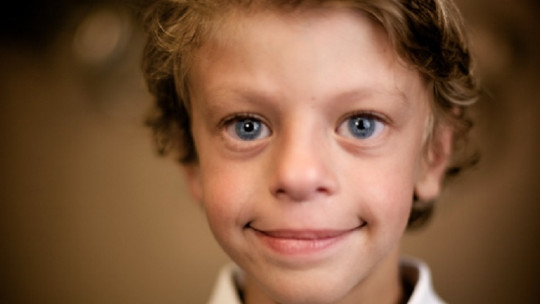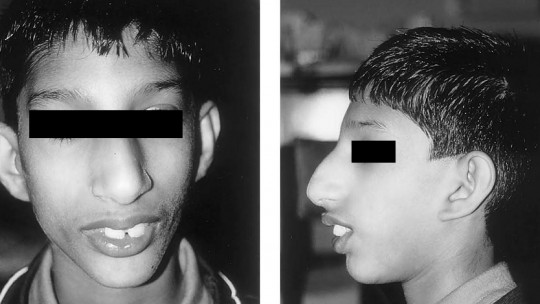
Seckel syndrome is one of the congenital diseases that affect the development of people from the stage of gestation until after birth and that has repercussions on both appearance and basic biological functions as well as mental processes.
Although the identifying element that is most evident is short stature or dwarfism and, in most cases, the shape of the nose, behind this clinical picture there are many other unusual manifestations that can seriously compromise the person’s quality of life if adequate care is not received.
In this article we will see what they are The symptoms and known causes of Seckel syndrome, as well as its treatment
What is Seckel syndrome?
What we know as Seckel syndrome is a set of physical and mental alterations that appear before birth and they have genetic causes at their base.
It is a rare disease that is characterized by a slowdown in the development of the fetus, so that its level of development is “delayed” in many aspects.
Symptoms
The main signs and symptoms associated with Seckel syndrome are the following.
1. Microcephaly
This is one of the most characteristic signs of Seckel syndrome, and consists of insufficient development of the cranial vault, which makes the head small and, consequently, the brain has less space to grow. This is important, considering that this part of the nervous system must expand rapidly during this phase of life.
2. Mental retardation
This is one of the consequences of the reduced size of the skull in relation to the rest of the body. Malformations in the brain The resulting space limitations often cause more limited than normal cognitive development, although this is not evident at birth.
3. Bird profile
This is the name given to the facial appearance that is common in boys and girls with Seckel syndrome. It has to do with the small size of the head, comparatively large eyes, and a very pronounced nasal bridge that gives the sensation of a “beak”
4. Small stature or dwarfism
In general, people with Seckel syndrome are smaller than what is expected for their age group. This also affects the proportions, since the extremities are small s in proportion to the rest of the body.
On the other hand, as a consequence of the slow maturation development, the bone configuration is also poorly developed, which can lead to the appearance of some skeletal disorders.
5. Other signs and symptoms
There are other common signs and symptoms of Seckel syndrome, among which the following are common:
Diagnosis
Seckel syndrome can be anticipated from the fetal development phase through the use of ultrasound (the review of malformations and bone development), although the diagnosis is not made until the signs and symptoms have had time to express themselves, which occurs during the first stage of childhood but not in the weeks immediately after birth.
Causes
Currently, the causes of Seckel syndrome are poorly understood. However, it is known that it is an alteration based on autosomal recessive genetic triggers which implies that the defective version of a certain gene must be present in both the father and the mother for the offspring to express the symptoms.
On the other hand, there is not a single gene that produces the symptoms of Seckel syndrome, but three genetic alterations linked to this disease are currently known. In turn, these different origins give rise to different types of Seckel syndrome, linked to chromosomes 3, 14 and 18.
Treatment of Seckel syndrome
Seckel syndrome has no known cure, since it is of genetic origin and its effects begin to be noticeable from the formation of the fetus. However, there are several strategies that can help alleviate the negative consequences that the symptoms generate
In this sense, an interdisciplinary approach is necessary and training skills aimed at preventing problems derived from specific complications such as problems chewing or breathing, as well as therapy aimed at learning rules of behavior and relationships with others. These types of initiatives must be adapted to the level of intellectual development of each patient.


